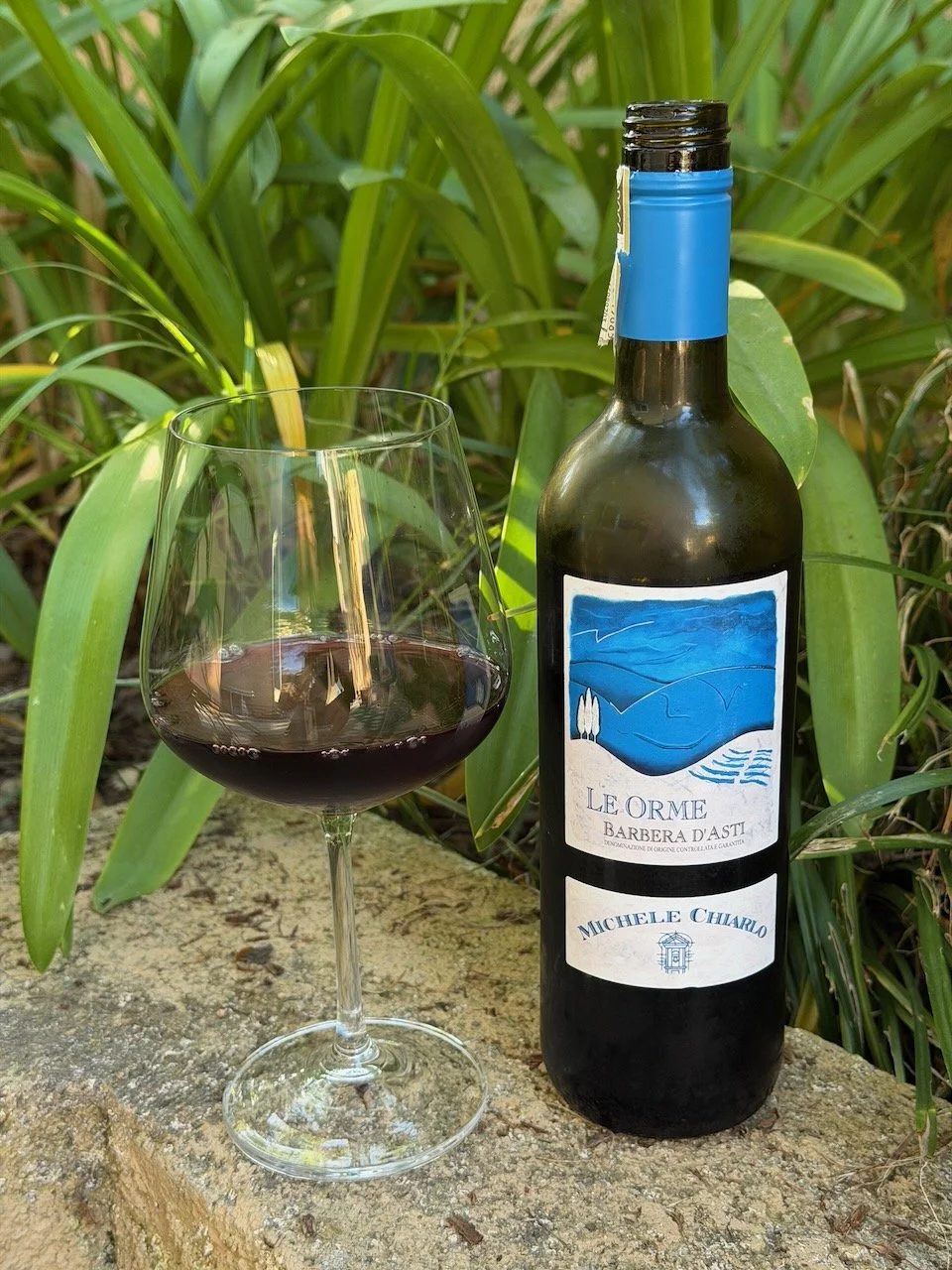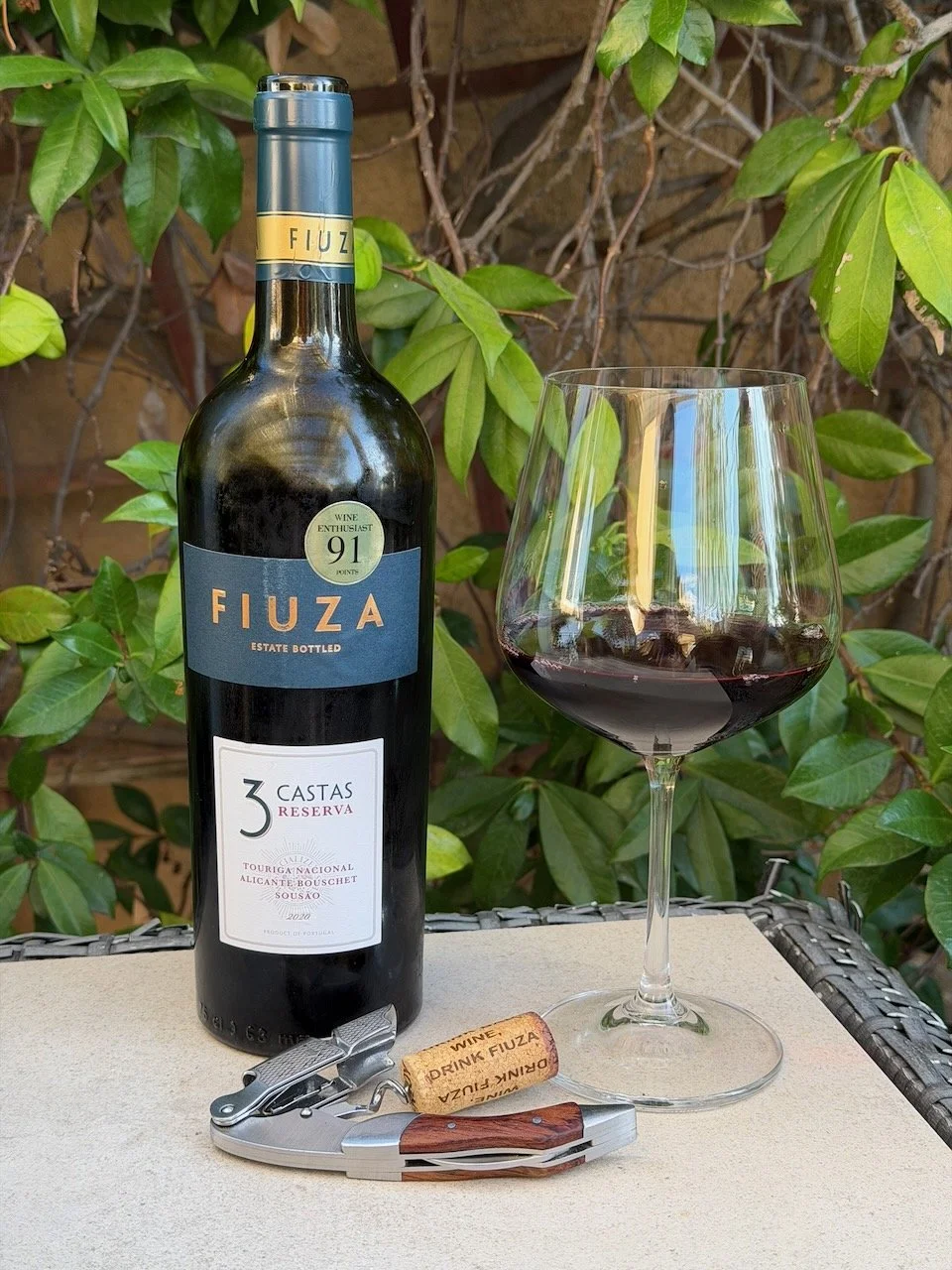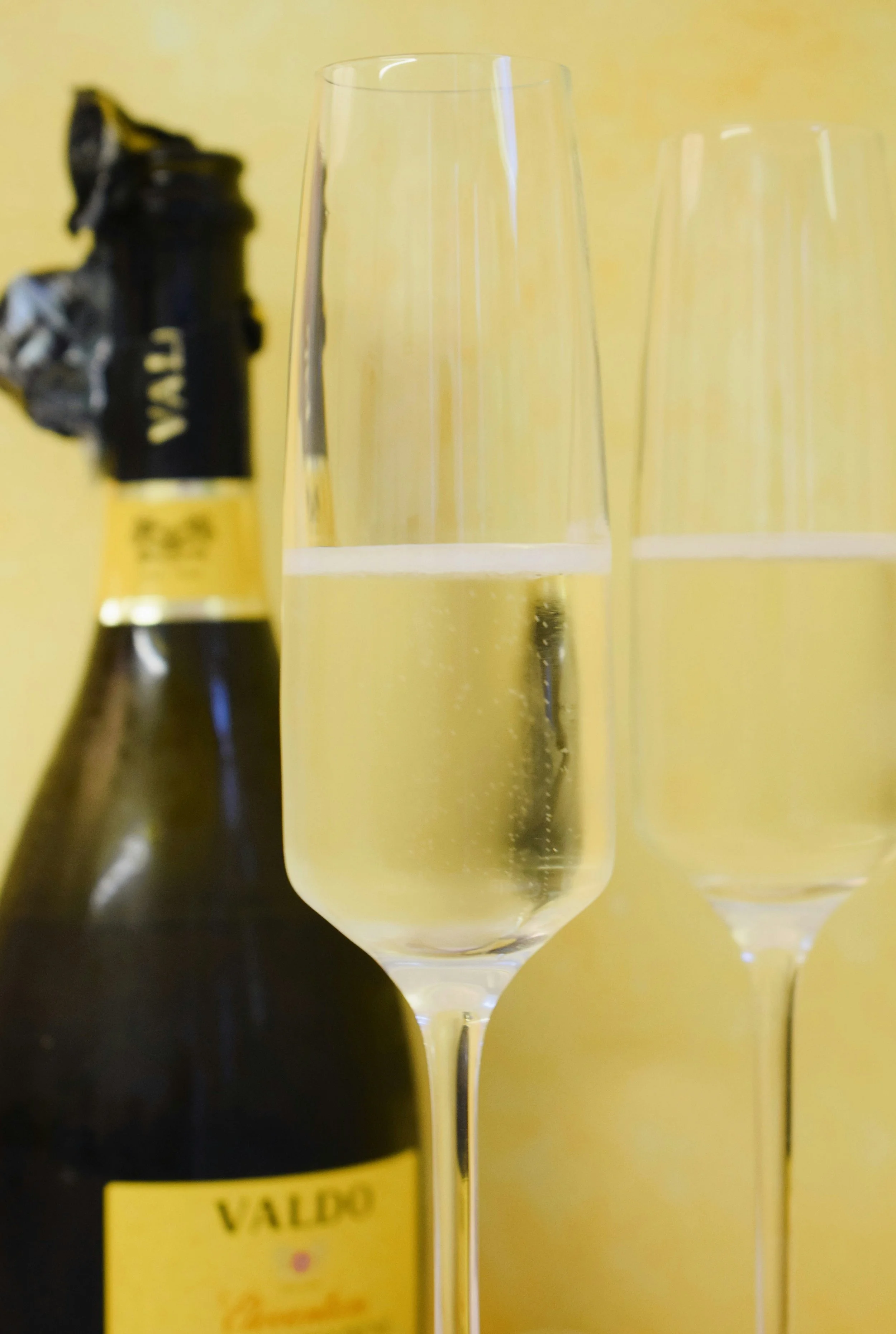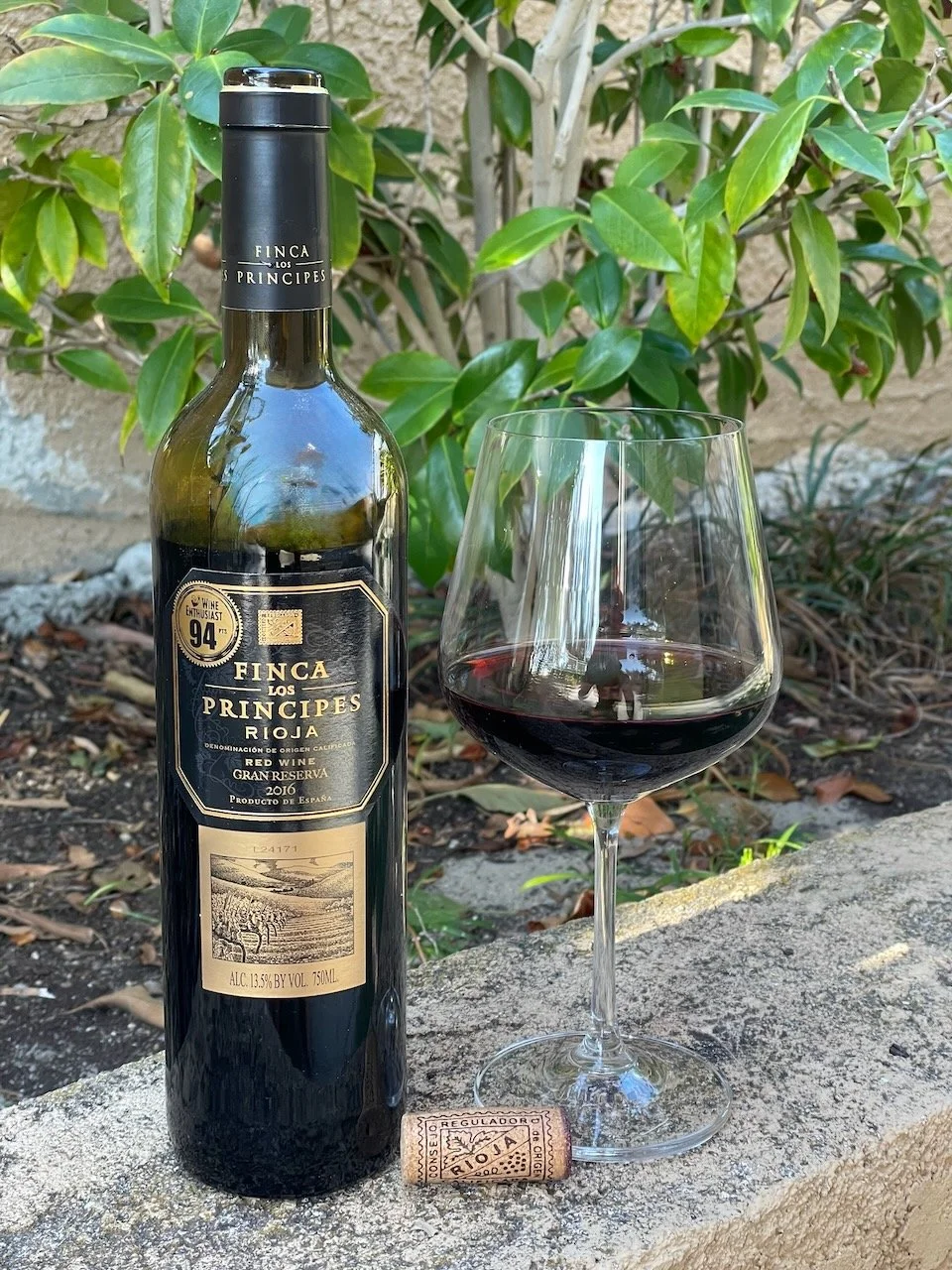2020 Michele Chiarlo Le Orme Barbera D’Asti ($12)
Since 1956, Michele Chiarlo has been vinifying the essence of Piedmont, loving and developing the most incredible wine region in the world. They cultivate 110 hectares of vineyards between the Langhe, Monferrato, and Gavi areas, within them the finest crus while fully respecting the ecological criteria, terroir, and their expression.
This 100% Barbera is from several vineyards south of the Asti Hills in Piedmont, Italy. It was fermented in steel tanks with 10 days of maceration with skins while undergoing pumpovers. Malolactic conversion also occurred in steel. It was then aged for a minimum of one year with three months in French oak casks.
This Le Orme (the footsteps or the legacy) Barbera D’Asti DOCG is medium ruby in color with a nice aroma of red fruit. On the palate, this medium-bodied wine has flavors of red cherry and blackberry with herbal and peppery notes. Barbera is typically higher in acidity and this one is medium-high with medium tannin. It finishes bright and spicy with good fruit flavor.
If you haven’t tried a Barbera, you’re missing out. And this Barbera D’Asti is a good one at a great price. That makes it a great fit as the Behind the Cork™ Wine of the Week. Cheers!






